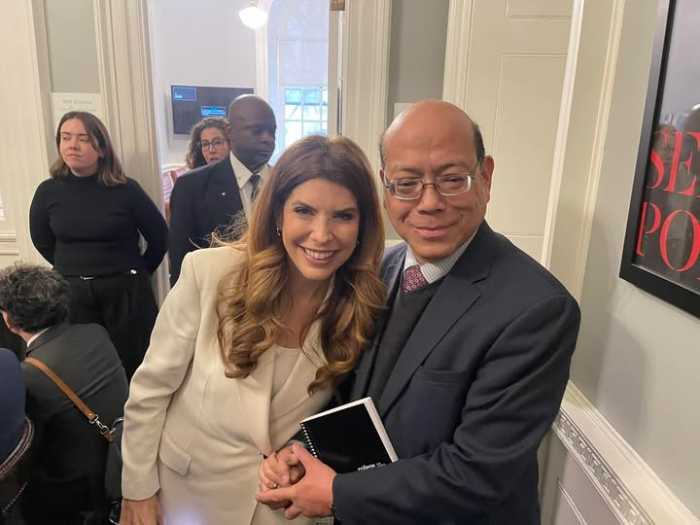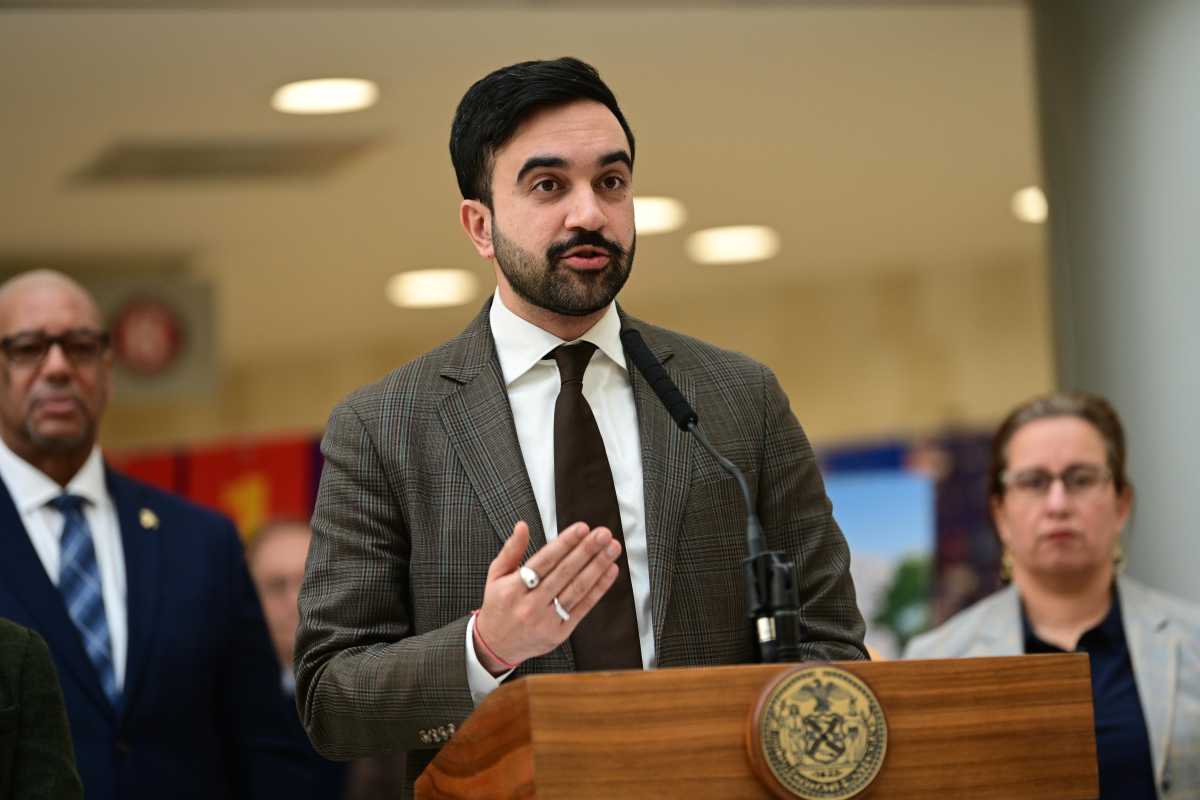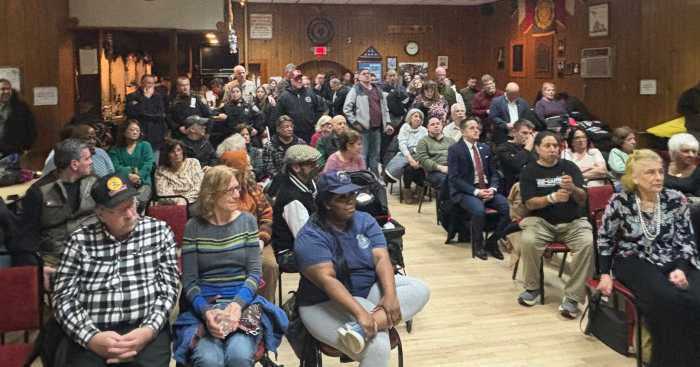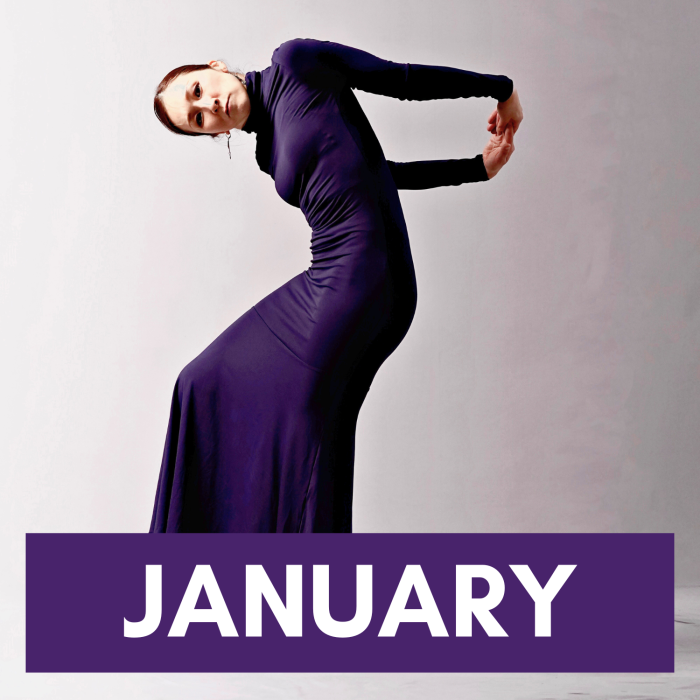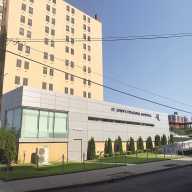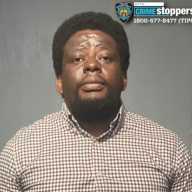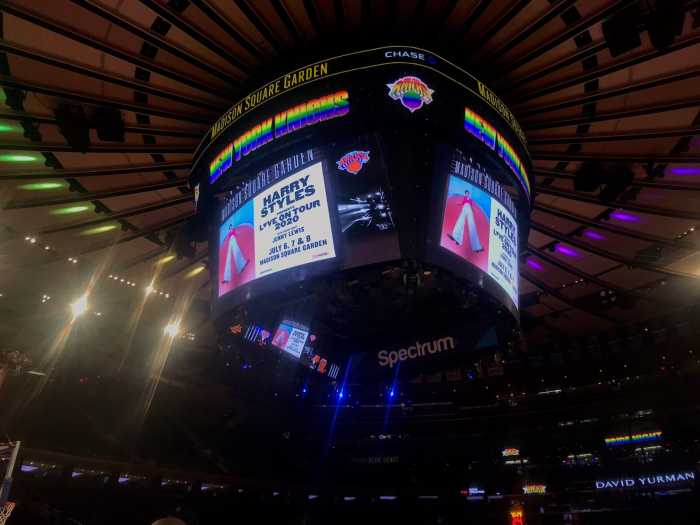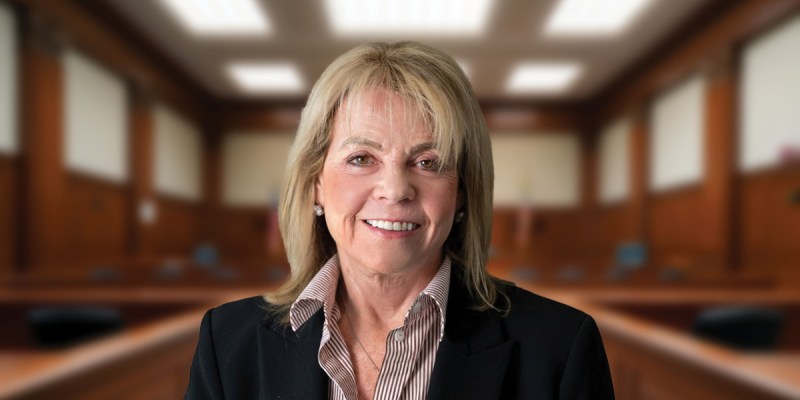By Annabelle Blair
Nearly one month after DACA recipients’ Oct. 5, cutoff deadline to apply for a two-year status renewal , New York policymakers, immigration officials and community leaders still wrestle with a solution for the Dreamers.
More than 40,000 undocumented young adults in New York, brought to the United States as children, claim the status of a Dreamer. Under an executive order from the Obama administration, Dreamers were allowed to work and attend school in the United States. President Trump ended this program with an executive order Sep. 5, calling on Congress to settle the fate of Dreamers before March 5, and allowing Dreamers one month to apply to renew their status in the Deferred Action for Childhood Arrivals program before it stopped taking applicants.
The current solutions offered for Dreamers affected by the soon to be dropped the program are short-term. Lawmakers are racing to enact legislation that includes a path to citizenship before the March 5 deadline, when Dreamers will lose work permits and become susceptible to deportation.
“DACA alone was a small solution,” said panelist Bitta Mostofi, acting commissioner of the NYC Mayor’s Office of Immigrant Affairs. “But the fix is really legislative—to ensure that these young people can stay here without threat.”
Exactly what that legislation will be is yet to be determined.
On Nov. 1, City & State New York, a media company specializing in political coverage, hosted the“On Immigration” forum at the Museum of Jewish Heritage in Lower Manhattan. In two separate panels, speakers discussed support for the city’s Dreamers and stressed New York’s economic dependence on immigrant entrepreneurs, who make up nearly half of the business owners.
About 48 percent of Queens residents are immigrants, according to a 2015 brief by the city Department of Planning. Elmhurst and Corona are two of the neighborhoods with the highest foreign-born population.
Keynote speaker Scott Stringer, the city comptroller, said the issue of immigration should be at the forefront of current discussions because of its direct effect on “our neighborhoods.” His solution was to create a private-public fund, which would include an earned path to citizenship for immigrants.
To work towards the reality of this fund, Stringer said he has had “constructive meetings” at City Hall. He hopes the private-public partnership will be accepted by lawmakers and citizens, not just in the city but across the nation. He did not elaborate further on where the city was in this process.
According to Stringer, 670,000 New Yorkers who are currently eligible to become U.S. citizens haven’t applied. This is largely because of inflated citizenship application fees: $625 for an application as well as a 500 percent increase in associated legal and language-class fees since 1989.
About 42,000 Dreamers live in New York City, many of them in Queens
Many young Dreamers struggled to come up with the $495 application fee to re-apply for a two-year renewal to the DACA program within the two-month window allotted by the Trump administration. Some Dreamers did receive funds to help them renew their work permits and residency status.
Mostofi said the mayor’s office, which is a strong defender of the city’s immigrant population, is primarily focused on education for Dreamers, including connecting them to legal and other resources. The office has partnered with over 100 mayors across the nation to petition Congress to pass a Dream Act before the March deadline.
Although Mostofi said the mayor’s office recognizes the possibility that such legislation will not be passed in time, they are confident that it will. “That is entirely where our focus is at this moment—to fight for the legislative solution,” she said.
According to Mostofi, the wages of DACA recipients in New York City are estimated at $500 million and their city taxes at $19 million. “We’re not talking about people who aren’t giving back, aren’t contributing to our economies,” she said of the Dreamers. “We have to shift the narrative.”
Stuart Schulman, professor of management at the Zicklin School of Business at Baruch College, said New York provides a model of embracing immigrant communities that other cities across the country attempt to imitate.
David Dyssegaard Kallick, a senior fellow at the Fiscal Policy Institute and author of numerous studies on the economic effects of immigration, emphasized the importance of immigrant business owners in city neighborhoods.
Outside of the sheer numbers—48 percent of business owners in the city are first-generation immigrants and 46 percent of the workforce is made up of immigrants—immigrants are twice as likely to own a Main Street business. He said these businesses are the kind that revitalize neighborhoods: “the grocery stores, the retail shops, the dry cleaners—the things that make a neighborhood feel like it has some character.”
Lorelei Salas, commissioner of the city Department of Consumer Affairs, said the department strives to have open conversations with immigrant business owners, designating times of face-to-face conversations between owners and inspectors, focused solely on education, not fines. It also offers translation services and coaching for new business owners.
Nearly 500,000 New Yorkers are employed at businesses started by immigrants, according to Dara Adams, industry program director at FWD.us, an immigration advocacy organization. “The impacts are not just that these are business owners, but also that they are employers and they are creating jobs,” Adams said. “They play a really vital role.”



